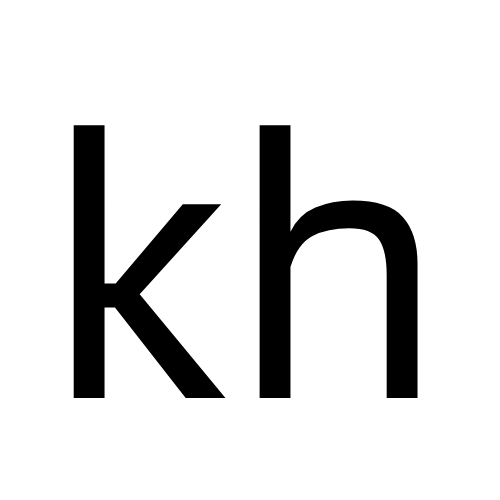Efficiency or Resilience: can we have both?
Efficiency is the elimination of waste. But what if waste is actually a nutrient in a new system. In this case, efficiency is the elimination of nutrients. Resilience, on the other hand is a measure of how ready we are to incorporate those nutrients. It excels at adapting and benefiting from change. Resilience fosters diversity of approach, and creates some free time as the well-spring of innovation, employee engagement and ability to respond rapidly when environmental conditions change.
I don’t think we can have both efficiency and resilience without having a framework that allows two opposite yet complimentary things to co-exist.
Here’s the thing. We don’t need to toss our efforts for efficiency aside in our efforts to gain resilience. The really smart organization recognizes that there are benefits of both efficiency and resilience. The bigger challenge is to create a corporate frame of mind that knows when to promote efficiency and when to foster resilience, and how to protect the differences.
Efficiency is a product of linear thinking. It is driven by a goal of reducing resource waste to maximize production and profits. Once we have our goal, we call upon linear power to achieve it. The two go hand in hand. Linear power is the ability to assert our will, even against resistance. Everything that is an obstacle to efficiency becomes an enemy for us to overcome.
When efficiency is highly valued, management becomes the science of reducing waste. Workers become units for productivity. Efficiency benefits from creating low skill jobs that require low training, have less room for error, and low wages.
While efficiency capitalizes on the benefits of objectivity, it fails to realize the benefits of being human. This perspective eliminates the benefits of relationships in customer service, employee work satisfaction and human creativity. Resilience requires a system where there are times when productivity can be set aside because these other values are recognized. Instead of always pushing back against what you don’t want, there need to be time to pull in what delights, enriches and inspires curiosity.
Efficiency gained a foothold in the 1700s when the Industrial Revolution sought to reduce waste and increase production. It was founded on the recognition of the power of each worker doing a limited task repeatedly, and each company becoming excellent at producing one thing. Production was divided in to specialized tasks, each requiring limited skill and reducing the cost of training, wages, and time for transition between tasks. With this specialization, all redundancies were eliminated. The hidden assumption was that operating conditions would remain consistent.
This assumption is becoming less and less valid. When demand shifts, or resource availability changes there is a danger of efficient systems suddenly collapsing. For example, if your company is the country’s leading typewriter manufacturer, and all efforts are on streamlining the assembly line, and improving the ribbons for setting the ink, when the computer is invented, all your efficiencies are suddenly obsolete.
Resilience requires a system with times when productivity can be set aside because there are other values to pay attention to. Values such as asking what is meaningful today? Instead of always pushing back against what you don’t want (which is always in the realm of the known), there needs to be time to pull in what delights, enriches and inspires curiosity.
Resilience and efficiency require two very different frames of mind. When we recognize this we can create systems that support both. If an employee appears to be staring off into space, it can be recognized as an investment in resilience, which has its benefits when given a place.
Resiliency and circular thinking go hand in hand. Here, power is defined by knowing yourself, being yourself and supporting others in doing the same. Companies that value resilience encourage workers to do their work in a way that makes sense to them. Deeply engaged in the customization of their work, employees tend to stay longer, have fewer sick days and find innovative ways to complete their tasks. Diversity is key to resilience, as are relationships and transparency of information.
When a company allows for diversity, small units are created within the larger organization. These units are creating systems that make sense to them. The key is, they then switch to efficiency mode and bring excellence to their method. Along comes a major change in the industry, and for one of those hubs, it has become a real advantage. That hub can teach its method to all the other divisions and pass on the advantage of the years of adjustments that improved their method. This company has a significant competitive boost in an unpredictable environment.
Resilience happened because each group was free to choose how they operated. It was effective because they took their unique method and put it through some efficiency testing. If everyone was constantly changing with no periods of efficiency development, expenses would be high and advantages would be short lived. The successful organizational structure for today supports circular and linear thinking.


